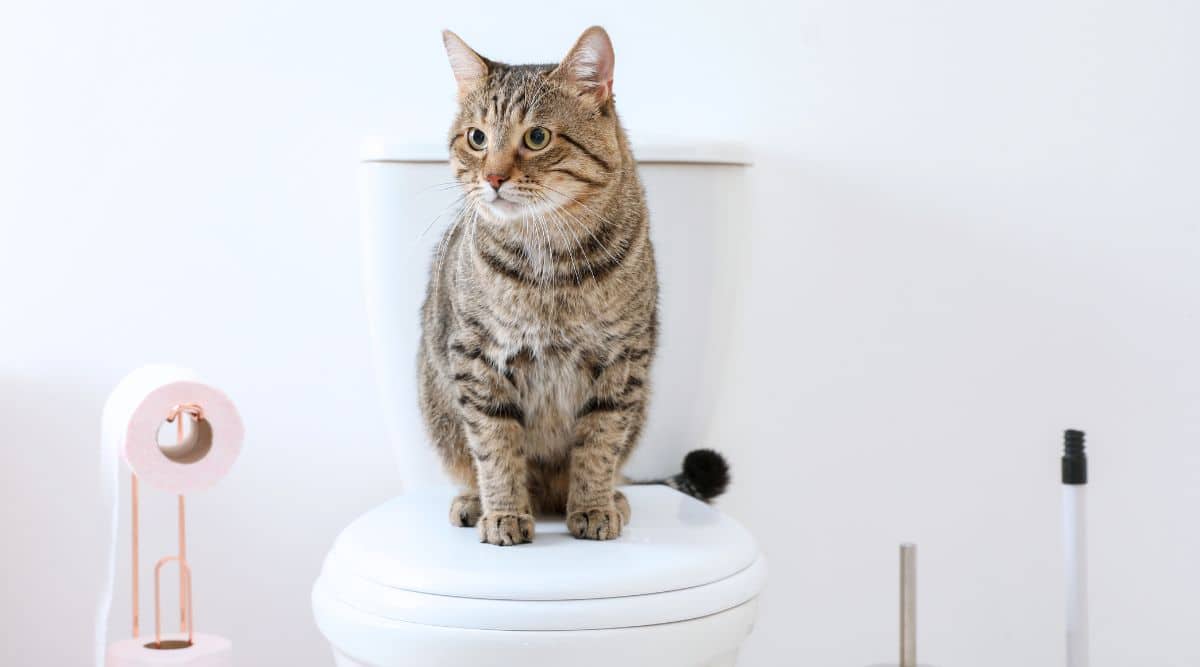Why You Mustn't Flush Cat Poop Down Your Toilet - Maintain Your Pipe System
Why You Mustn't Flush Cat Poop Down Your Toilet - Maintain Your Pipe System
Blog Article
Listed here in the next paragraph you can discover lots of awesome information on the subject of How to Dispose of Cat Poop and Litter Without Plastic Bags.

Intro
As pet cat proprietors, it's vital to be mindful of just how we dispose of our feline pals' waste. While it might appear hassle-free to purge cat poop down the commode, this technique can have destructive consequences for both the environment and human wellness.
Ecological Impact
Flushing feline poop introduces hazardous pathogens and bloodsuckers right into the water system, posturing a considerable threat to marine environments. These impurities can negatively influence aquatic life and concession water quality.
Health Risks
Along with environmental problems, purging feline waste can additionally posture health threats to human beings. Pet cat feces might consist of Toxoplasma gondii, a parasite that can cause toxoplasmosis-- a potentially extreme ailment, particularly for expectant women and people with damaged immune systems.
Alternatives to Flushing
Luckily, there are more secure and a lot more responsible methods to get rid of feline poop. Think about the complying with alternatives:
1. Scoop and Dispose in Trash
One of the most common approach of dealing with feline poop is to scoop it into a naturally degradable bag and toss it in the garbage. Make sure to use a dedicated litter scoop and deal with the waste quickly.
2. Use Biodegradable Litter
Choose naturally degradable feline trash made from products such as corn or wheat. These litters are environmentally friendly and can be safely taken care of in the trash.
3. Bury in the Yard
If you have a backyard, think about burying pet cat waste in a designated area far from vegetable yards and water resources. Make certain to dig deep sufficient to avoid contamination of groundwater.
4. Set Up a Pet Waste Disposal System
Invest in an animal waste disposal system especially created for pet cat waste. These systems use enzymes to break down the waste, reducing odor and ecological effect.
Final thought
Accountable pet ownership expands beyond supplying food and sanctuary-- it additionally includes appropriate waste administration. By avoiding purging cat poop down the bathroom and choosing alternate disposal techniques, we can minimize our environmental footprint and secure human wellness.
Why Can’t I Flush Cat Poop?
It Spreads a Parasite
Cats are frequently infected with a parasite called toxoplasma gondii. The parasite causes an infection called toxoplasmosis. It is usually harmless to cats. The parasite only uses cat poop as a host for its eggs. Otherwise, the cat’s immune system usually keeps the infection at low enough levels to maintain its own health. But it does not stop the develop of eggs. These eggs are tiny and surprisingly tough. They may survive for a year before they begin to grow. But that’s the problem.
Our wastewater system is not designed to deal with toxoplasmosis eggs. Instead, most eggs will flush from your toilet into sewers and wastewater management plants. After the sewage is treated for many other harmful things in it, it is typically released into local rivers, lakes, or oceans. Here, the toxoplasmosis eggs can find new hosts, including starfish, crabs, otters, and many other wildlife. For many, this is a significant risk to their health. Toxoplasmosis can also end up infecting water sources that are important for agriculture, which means our deer, pigs, and sheep can get infected too.
Is There Risk to Humans?
There can be a risk to human life from flushing cat poop down the toilet. If you do so, the parasites from your cat’s poop can end up in shellfish, game animals, or livestock. If this meat is then served raw or undercooked, the people who eat it can get sick.
In fact, according to the CDC, 40 million people in the United States are infected with toxoplasma gondii. They get it from exposure to infected seafood, or from some kind of cat poop contamination, like drinking from a stream that is contaminated or touching anything that has come into contact with cat poop. That includes just cleaning a cat litter box.
Most people who get infected with these parasites will not develop any symptoms. However, for pregnant women or for those with compromised immune systems, the parasite can cause severe health problems.
How to Handle Cat Poop
The best way to handle cat poop is actually to clean the box more often. The eggs that the parasite sheds will not become active until one to five days after the cat poops. That means that if you clean daily, you’re much less likely to come into direct contact with infectious eggs.
That said, always dispose of cat poop in the garbage and not down the toilet. Wash your hands before and after you clean the litter box, and bring the bag of poop right outside to your garbage bins.
https://trenchlesssolutionsusa.com/why-cant-i-flush-cat-poop/

As a passionate person who reads on Can You Flush Cat Poop Down The Toilet?, I think sharing that segment was really helpful. Liked our blog posting? Please share it. Let someone else check it out. Thanks for your time invested reading it.
Click Here Report this page